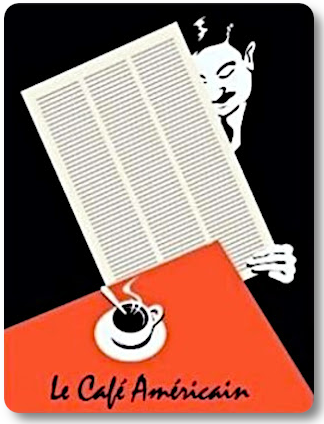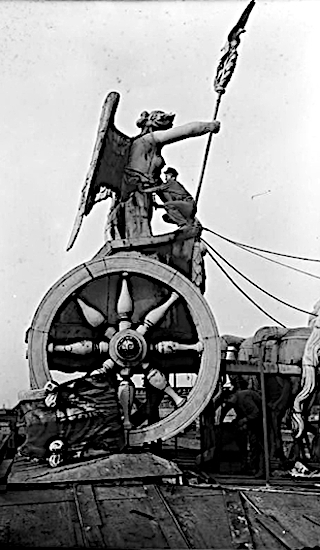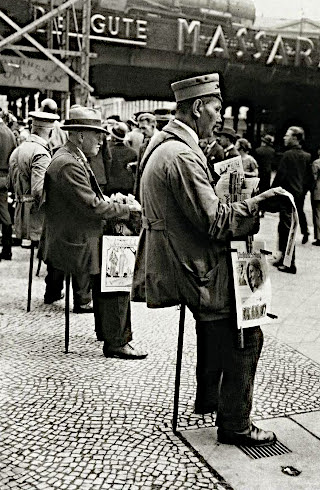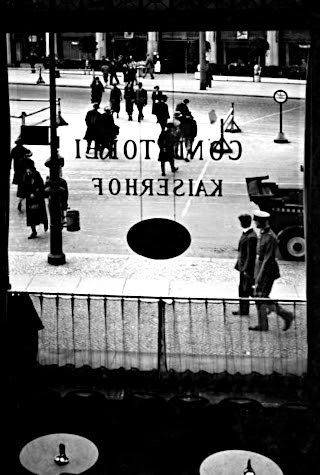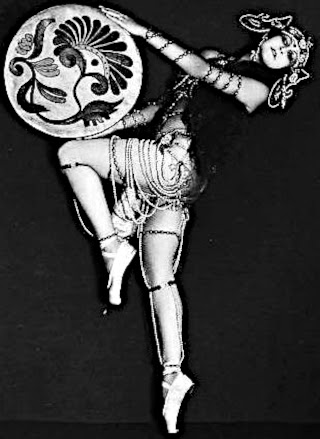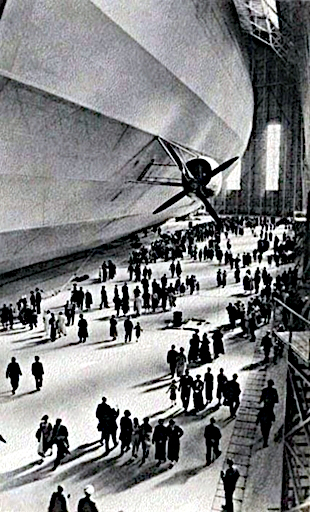 Timmy and the Merry Pranksters at the Treasury and the Fed are throwing taxpayer money at the financial sector with the same prudence with which Angelo Mozilo used sunblock.
Timmy and the Merry Pranksters at the Treasury and the Fed are throwing taxpayer money at the financial sector with the same prudence with which Angelo Mozilo used sunblock.
Smothered by paper, the fire in the financials is still smoldering, and could reignite with the breezes of further credit contractions in commercial real estate, mortgage foreclosures, and frothy debt in the developing world.
When the US financial system tumbles there should be little doubt where Ben, Tim, Larry, and their Boss failed the American taxpayer and all holders of US debt.
The ratings fraud and accounting deception will continue until confidence is restored.
Barron's
More Nasty Bank Surprises
By JIM MCTAGUE
November 28, 2009
THERE'S GROWING EVIDENCE THAT THE CASE FOR buying financial stocks is larded with "bulloney." Recent indications are that bank regulators from the Treasury to the Federal Reserve to the Federal Deposit Insurance Corporation and on to the state level remain in the dark about the quality of bank-loan portfolios -- especially at small to midsize institutions. An estimated 21 publicly traded banks that have received TARP injections are on the ropes, according to published reports. The number likely will grow, leading to some nasty surprises for investors.
Because of the political antipathy toward Wall Street, the consensus is that any Congressional financial regulatory reform bill will be punitive in the extreme and consequently inhibit the growth and profitability of the sector for years to come. This hardly is a buy signal.
The latest and perhaps most startling evidence of endemic regulatory weakness is the failure this month of two banks and the bankruptcy of CIT, all recipients of TARP funds from Treasury after they were deemed earlier in the year by "expert" regulators to be safe and sound. CIT received $2.3 billion in taxpayers-financed TARP funds; UCBH Holdings, parent of San Francisco's United Commerce Bank, received $299 million; and Pacific Coast National Bank, a San Clemente, Calif., lender, received $4.1 million. All were publicly traded.
The aforementioned 21 wobbly publicly traded companies that have received TARP money had zero or negative net income. They've suspended dividend payments to the Treasury. Regulators vetted all of these institutions, using the "CAMELS" rating system. CAMELS stands for "Capital, Asset quality, Management, Earnings, Liquidity, and Sensitivity (which measures interest-rate risk, exchange-rate risk, and other market risk). Each bank's CAMELS score is secret. Banks with the lowest scores were excluded from TARP. Those with the highest scores were fast-tracked. Banks with average CAMELS scores received the most extensive vetting. They were recommended by their primary regulators for review by a panel of experts from the FDIC, the Fed and the Office of the Comptroller of the Currency. The panel then forwarded the case file on to the Treasury.
Some of the TARP awards seem outlandish. Linus Wilson, an assistant professor of finance at the University of Louisiana, points out that CIT Group's preferred stock was yielding an astronomical 20% before it received a TARP investment intended for healthy banks. The regulators demanded dividends on the TARP money of just 5%. Wilson says that regulators should have been able to determine in five minutes that this return was far too low to compensate taxpayers for the risk.
No surprise then that regulators recently determined that $5.1 billion in TARP funds are not in healthy banks but rather in banks that have failed or, may soon fail.
As for legislation, be assured it will toughen oversight, increase capital requirements and enhance consumer protection. Profits will shrink. The universe of financial institutions will contract. Here's hoping that you are better than regulators at picking winners from losers.














